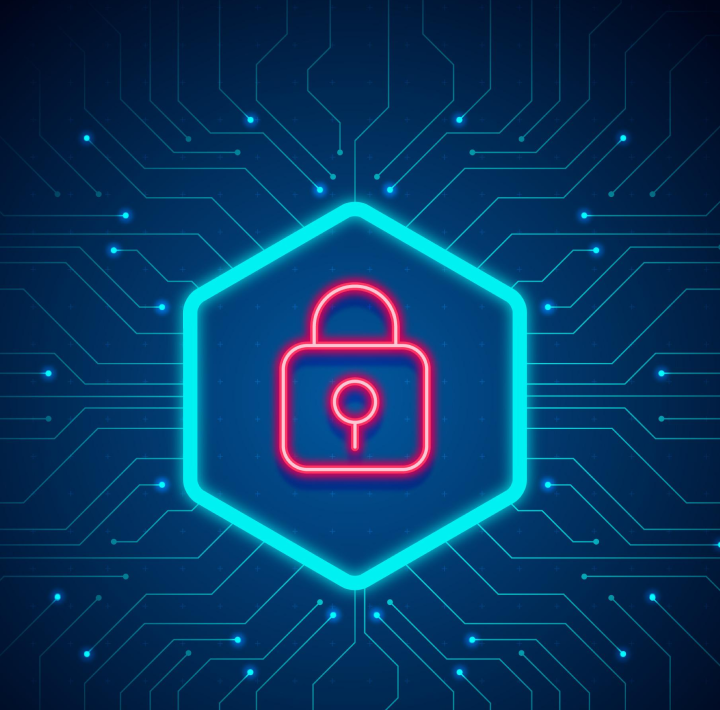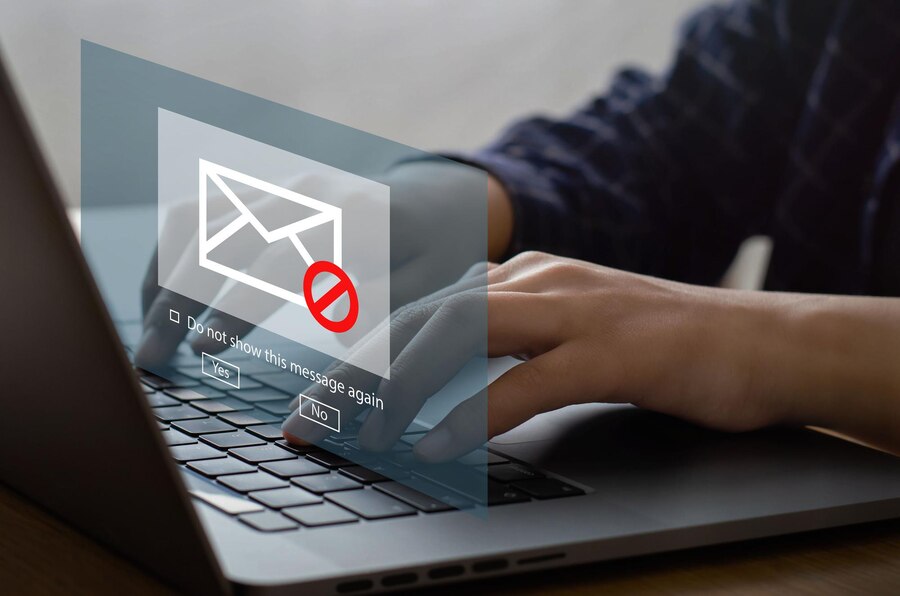IT risks and vulnerabilities cannot be attributed only to year-end closings. The changing times and economic status of the global companies have led to the hike of breached data where nearly 20% of organizations witnessed security breaches during unprecedented times.

Although they tend to increase due to the amount of information that is generated and consolidated every day, which is why it is necessary to carry out an analysis of risks, business impact, and vulnerabilities of the infrastructure and applications to validate the current safety status and thereby develop a plan to reduce long-term exposure.
As for the human component, although many people see the need to take care of and monitor their data, the vast majority usually give their information for things as superficial as promotions, gifts, or free trips.
Even when users are becoming more aware, many of them continue to share sensitive information on social networks such as the cell phone number, their geolocation, the names of coworkers, etc. and all sorts of data with which it is possible to access other levels of information or official computer systems.
These are frequent mistakes made by enormous numbers of enterprises; nonetheless, it’s also right to say that these are avoidable mistakes that must be scrutinized and caught up early by companies to not be a victim of any form of cyber attack.
For such hefty mistakes to avoid in the near future, we bring a list of subdued suggestions and approaches to reduce vulnerability risks and the unthinkable to happen.
#Use Latest Security Patches
A tiny single gap can get malicious actors to perform their deed ruin your web infrastructure. With advanced technologies been accessed by hackers too, companies need to pay heed to regular vulnerability scans of their security systems to avoid keeping loose nuts to be exploited.
The software systems in practice must be updated with patches and be equipped with robust tools that look for risks and flaws and an adept team that is proactive to get solutions to eradicate security threats to the entire IT infrastructure.
#Protect the Most Common Attack Vector
Emails are one of the weakest points of a company because, through them, cybercriminals can easily introduce threats of malicious software and theft or hijacking of information with social engineering tactics to study the victim and elaborate personalized phishing messages.
“Email is one of the most common delivery mechanisms for ransomware and zero-day threats.”
Prefer installing powerful applications for download scans and file scans that are attached in an email. Ensure that your team working over the emails is well-educated, trained, and up-to-date with the latest forms of email hacking practices followed by hackers these days and is proficient in catching those bates.
#Manage Passwords Smartly
Even though companies have ‘users password policies’ in place and implemented to each system and aspect, still data breaches are probable to be encountered. Many times, the administrator leaves chances for cybercriminals to break the admin codes as usually, the same passwords run on all the existing company servers.
This is where the IT team needs to make smart decisions over password management. Keep different passwords for accessing different assets/services, enabling them to be managed by password management systems.
“Password Management Systems allows a user to create complex passwords, thus, lowering the possibilities of breaches/leaks/password breaks.”
Furthermore, such tools are efficient in distributing credentials within the entire network of the organization without putting the security at risk and helps keep track of every employee’s login and access details.
#Limit Login Attempts & Keep a ‘Kill Switch’
Every organization accommodates data that is private and sensitive and is of high priority to the organization and one way to shield the access of such crucial data forms is to restrict login attempts to each use of data.
This helps to halt force attacks that have wrong intentions is a mandatory step to exercise at each level of the team and network hierarchies.
Next, we all understand how crucial and essential it is to keep backup versions of your websites, applications, and other digital systems to pull out data in case something deceitful happens.
Sometimes, besides restoring the data, the situation requires taking immediate actions over suspicious activities, and in that case, the IT team triggers a kill switch that shuts down all the access to servers and may take down web assets for maintenance, until issues get resolved.
#Be Always Up with System, Software, and Hardware Updates
To ensure that your company’s equipment, systems, and assets are protected and are running smoothly, take inventory of all the hardware and software tools and their corresponding licenses.
“A system lacking an updated version of the software or an operating system is more likely to leave gaps for exploitation by malicious actors.”
Then set up a plan taking into account different teams responsible for training their employees and acquainting them to make periodic updates as and when necessary or set up automated updates to be triggered by modern tools on a routine basis.
So is your Company Shielded towards Security Weaknesses and Vulnerabilities?
Taking stock and identifying the security gaps within your organization’s IT structure is the primary step to recognize your company’s security posture. We hope these guidelines would help you set up an end-to-end cybersecurity approach to mitigate risks before hackers can attempt to infiltrate your IT network.
If you are still trying to cope up with potential risks and vulnerabilities, get in touch with our IT experts that can assist you in your digital approaches and provide you effective IT security solutions to establish an optimal balance of risk prevention and mitigation.







